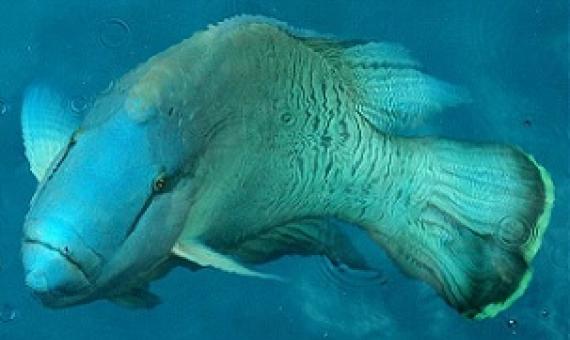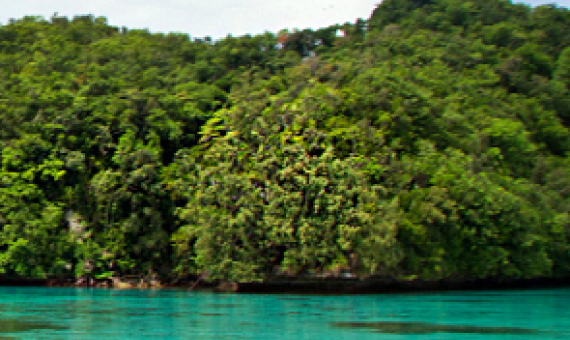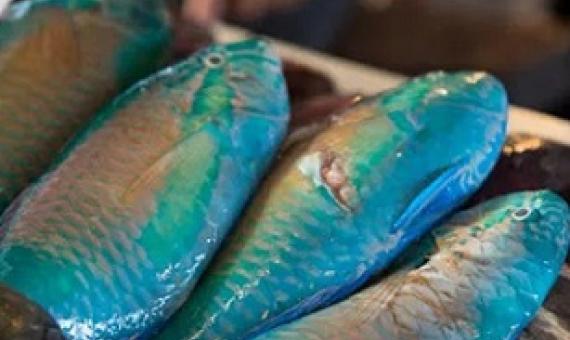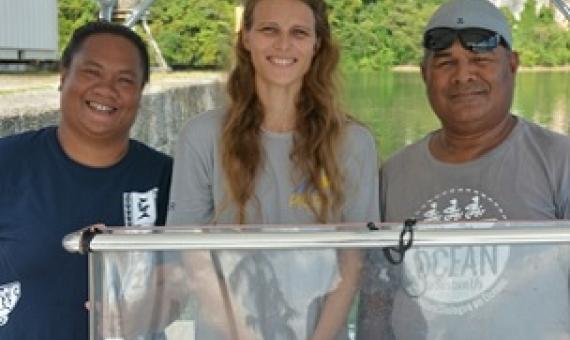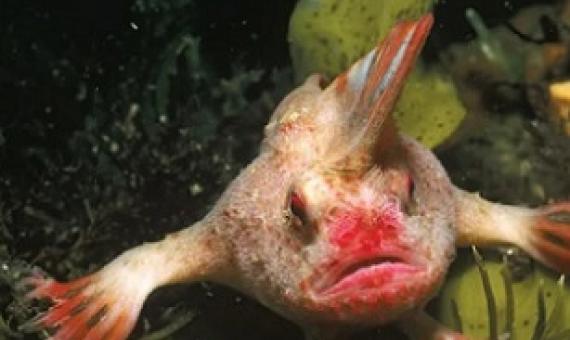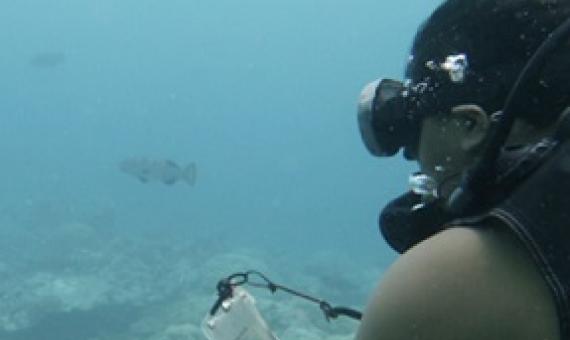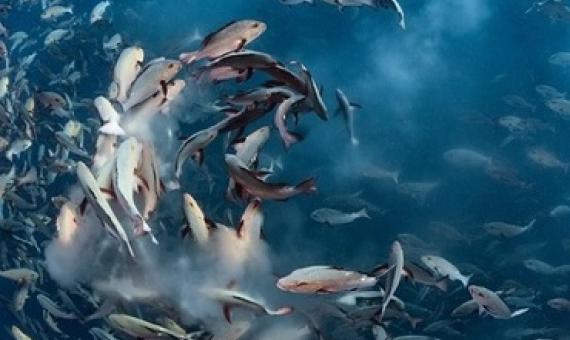A recent study shows that the Maml population in Palau has declined despite the total ban on the harvesting, possessing, and selling of Maml (Napoleon Wrasse) and Kemedukl (Bumphead Parrotfish).
Multibiomarker responses to polycyclic aromatic hydrocarbons and microplastics in thumbprint emperor Lethrinus harak from a South Pacifc locally managed marine area
To determine the baseline threat of microplastics and polycyclic aromatic hydrocarbons (PAHs) in an important seafood fish from Vueti Navakavu locally managed marine area, a multi-biomarker risk assessment was conducted on the thumbprint emperor fish Lethrinus harak...In this multi-biomarker approach, the observation of pollutants presence and histopathological injuries are considered biologically relevant from a toxicological perspective and serve as a baseline for future pollution studies in seafood fishes in Fiji, with site differences and the inclusion of fish species compariso
The Palau International Coral Reef Center (PICRC) just published an important scientific article in the peer-reviewed journal “Estuarine, Coastal and Shelf Science” entitled “Oceanographic chaos and its role in larval self-recruitment and connectivity among fish populations in Micronesia”.
The Council of Chiefs (COC)of the Republic of Palau, in response to Senate Bill 11-33, which seeks to allow two-month harvest season per year for five years of adult Napoleon Wrasse (Maml) and adult Bumphead Parrot Fish (Kemedukl) for personal consumption, say they support limited season for the
Identifying the age of animals is fundamental to wildlife management. It helps scientists know if a species is at risk of extinction and the rate at which it reproduces, as well as determining what level of fishing is sustainable.
Many of Palau’s fish species had been overexploited but they quickly propagated, allowing replenishment of stocks before they got depleted, according to the Palau International Coral Reef Center (PICRC).
Under the ocean’s vast surface, marine habitats are what brings these waterbodies to life. Kelp forests are like explosively diverse rainforests but with algae for trees. Craggy cliffs draped in showy and ecologically vital corals line underwater mountains (known as seamounts) and canyons.
For centuries humans believed the ocean was so vast that it was impossible to do it measurable harm.
Last month in April, Palau International Coral Reef Centre (PICRC) researchers completed the filed work for the grouper aggregation study in several sites around Koror and Ngarchelong.
Scientists have developed the first-ever global map that shows the genetic diversity of freshwater and marine fish around the world...The researchers scoured through an open database of over 50,000 DNA sequences, representing 3,815 species of

